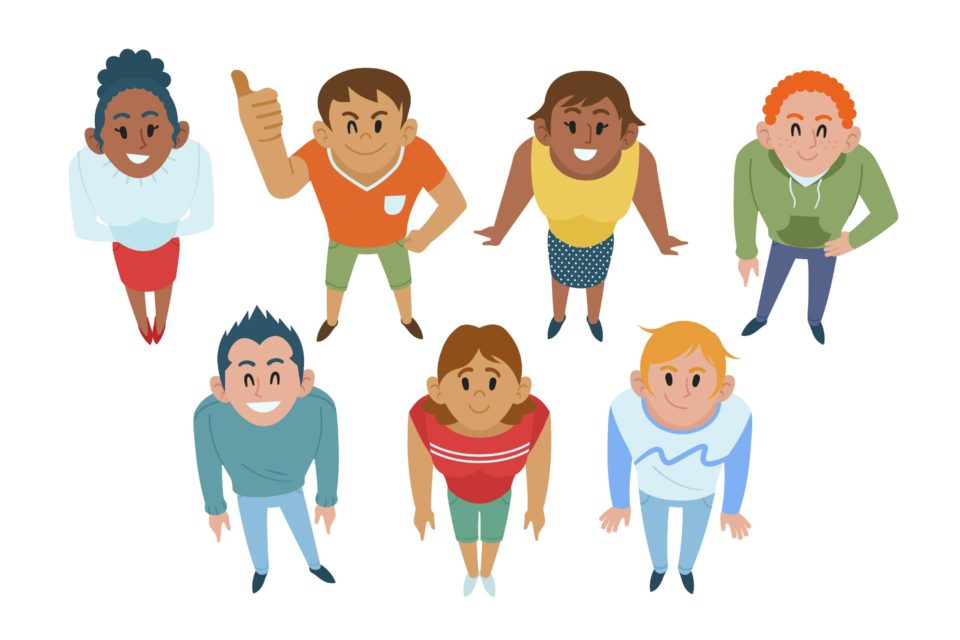It helps brands get and keep more customers
- With so much going on in the world of marketing and market research, we curate the information you shouldn’t miss and present it in short, digestible tidbits. Sign up to receive these tidbits in your inbox: https://bureauwest.beehiiv.com/subscribe
Humans are inherently drawn to stories. They help us make sense of the world, evoke emotions, and build connections. When a company effectively tells its story, it doesn’t just sell a product, it builds a connection with the customer. That emotional engagement translates into increases in customer acquisition and customer loyalty.
Apple’s “Think Different” campaign is an iconic example of brand story. It positioned Apple not just as a tech company but as a brand for creative thinkers and innovators. Customers wanted to be part of that story.
Airbnb’s “Belong Anywhere” campaign is a great example of storytelling that focuses on experiences. Instead of just listing places to stay, Airbnb shares stories of hosts and guests, highlighting unique and personal experiences. The story emphasizes the sense of belonging and community that comes with staying in someone’s home rather than a hotel, making travel more personal and memorable.
How can you develop a story for your brand?
- Start with the basics. What are your brand’s core values and purpose? The answer to this question might be found in the company’s inception story. What sparked the initial idea? What does the company want to achieve? Patagonia, for example, is not just about outdoor gear but about environmental sustainability. Their story revolves around a commitment to the planet, making their brand purpose clear and compelling.
- Understanding your audience is crucial. Who are they? What are their dreams, challenges, and values? Dove’s Real Beauty campaign succeeded because it tapped into the audience’s desire for authentic beauty representation. Conducting market research and creating detailed buyer personas can help you align your story with what your audience cares about.
- What sets you apart? Your unique value proposition should be the heart of your story. Warby Parker disrupted the eyewear industry by offering stylish glasses at affordable prices with a home try-on program. Their story is about accessibility and convenience, appealing directly to their target market.
- Every great story has memorable characters. In your brand’s narrative, these characters could be your founders, employees, or customers. TOMS shares stories of individuals benefiting from their one-for-one giving model, highlighting real people and communities. This human element makes their brand story more relatable and impactful.
- Emotion is the engine of a powerful story. Your brand story should evoke feelings—joy, empathy, inspiration. Nike’s storytelling often features athletes overcoming adversity, inspiring audiences to push their limits. These emotionally charged narratives create a deep bond between the brand and its customers.
- Consistency is key. Your brand story should be reflected across all marketing channels, from your website to social media, advertisements, and customer service. Coca-Cola’s “Share a Coke” campaign consistently promoted the idea of sharing happiness, making their brand message cohesive and memorable.
- Make your audience a part of your story. Encourage user-generated content, social media interactions, and community events. Airbnb’s “Belong Anywhere” campaign invited users to share their travel experiences, creating a sense of community and belonging that extended their brand narrative.
- Continuously evaluate the impact of your storytelling efforts. Use metrics like engagement rates, customer feedback, and sales data to understand what resonates. Be prepared to refine your story to keep it relevant and engaging.
Need help developing your company’s brand story? Email me at info at bureauwest.com and let’s discuss!
Sources: Bureau West research; “10 reasons why telling your brand’s story matters,” Fast Company, 5/1/24; “The Importance of Storytelling in Brand Marketing,” Denis Sinelnikov, 5/26/23; “How to Create an Authentic Brand Story that Actually Improves Trust,” Neil Patel



